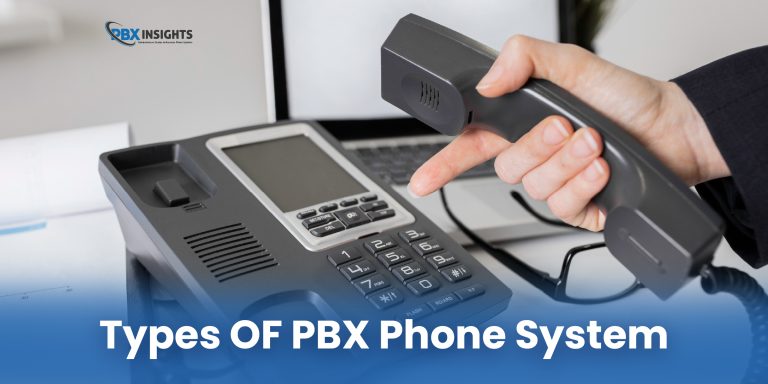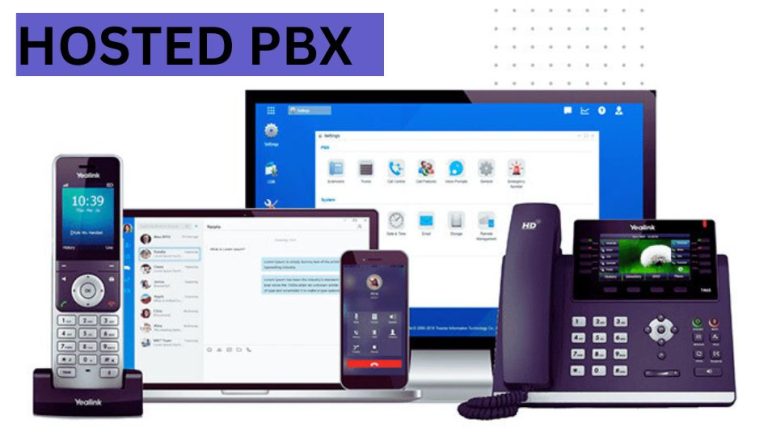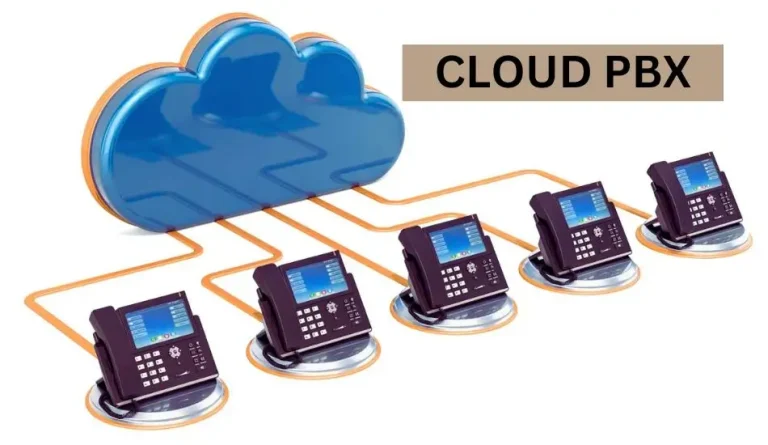Open-Source PBX: Everything You Need to Know
Systems of communication that are quick and clear are essential for survival in the harsh modern business world. In commercial telephony, a Private Branch Exchange (PBX) is a crucial component. The PBX system orders and facilitates calls that are directed both within and forth. However, the advent of open-source apps has made it possible for…
Systems of communication that are quick and clear are essential for survival in the harsh modern business world. In commercial telephony, a Private Branch Exchange (PBX) is a crucial component. The PBX system orders and facilitates calls that are directed both within and forth. However, the advent of open-source apps has made it possible for organisations to take advantage of scalable, flexible, and affordable communication solutions. This article compares and contrasts open-source and proprietary PBXs, highlighting their respective benefits and drawbacks.
What is Open-Source PBX?
An open-source PBX is a software-based, adaptable system that is simple for a company’s telecommunications department to administer calls, voicemails, and other telephony functions. The usage of open-source PBX systems is unrestricted, except for these proprietary systems. Examples of systems that give businesses telephone systems without investing millions of dollars are Asterisk, FreePBX, and, recently, 3CX. Since these systems are created by international communities, they are always supported and updated.
Benefits of Open-Source PBX
Cost-Effectiveness: Open-source PBX is ideal for small and medium-sized businesses because it does not require a proprietary license cost.
Customisation: The company can modify the system to meet its needs by integrating CRM tools or creating unique IVR menus.
Scalability: The addition of users and new features is made easy because the open-source PBX systems expand alongside the growth of a business.
Community Support: The network of developers available makes it possible for the system to get regular updates.
Key Features of Open-Source PBX
The cornerstone of every call centre is telecommunications, which encompasses the essential components of business functions for telephonic purposes, such as dialling a phone number to reach a customer client or patient provider response system, transferring service requests interdepartmentally, and virtually dealing with headquarters from remote offices.
All Call Waiting and Call Centre Services
- Voicemail Services: VoIP software, which simplifies the management of interactions with customers, includes IVR systems and voicemail management, among other capabilities.
- Integration Include: Allowing the use of different email addresses, chat, and CRM systems without problems.
- Surveillance Technologies: Even in remote areas such as mountains and forests, satellites can quickly receive signals for monitoring systems.
- Analytics: The integrated system also facilitates the collection of real-time data about operating and financial activities, allowing further analysis determining the level of performance achieved by a telemarketing call centre.
For international businesses operating in multichannel and autonomous locations through third-party providers, all these qualities stand to provide the open-source PBX with increased adaptability.
Challenges of Using Open-Source PBX
Although open-source PBX does include several challenges that one should be prepared to face when they decide to start the change.
- Technical proficiency: In order to install the hardware that comes with their open-source software, VanErt must have adequate technical skills in order to properly install and maintain the required components.
- Reliance on Community Support: Any support documents address the challenges faced in these forums and in articles.
- Security and Vulnerabilities: Over the years, various resources have been exposed and suffered from a wide range of vulnerabilities.
It is important to comprehend the limitations of an open-source PBX system in order to fully take advantage of the open-source system.
How to Select the Appropriate Open Source PBX
It is important to look into various aspects when making a choice of an open-source PBX:
- Business Needs: Determine the size of your organisation, the budget, and features that are important.
- Community and Documentation: Check if there is enough community support and if adequate documentation is available.
- Compatibility: Investigate whether or not the system would work with the existing hardware and software in place.
- Security: Identify solutions with strong security controls and well-designed update schedules.
A critical selection process means that the chosen open-source PBX indeed addresses your communication requirements.
Open-Source PBX Use Cases
Open-source PBX is best suited for:
- Small and Medium-Sized Businesses: They are ideal and cost-effective and can be expanded for an increasing number of employees.
- Start-ups: Cheap means of communication.
- Non-Governmental Organisations: Low-cost systems to aid the operations.
- Remote Teams: Easy interworking with the communication tools that are contemporary.
Such use cases further demonstrate how open-source PBX is usable across all sectors.
Best Open Source PBX Software
- Asterisk: A good pendant for the design of custom-made telephony solutions.
- FreePBX: An extensive and simple-to-use web-based phone system.
- 3CX: An all-in-one solution for on-premises and cloud installations.
Every specific solution has its unique advantages that meet the needs of different businesses.
How to Install an Open-Source PBX Step by Step
This is how I prepare to deploy an open-source PBX system:
- Requirements Gathering: Hardware and other network-enabled devices for internet connectivity.
- Software Installation: Download the required PBX software of your choice and install it.
- Setting up of parameters: inbound call distribution, IVR system, and various access levels of users must be configured.
- Test the System: After performing all of the functional tests, skip the integration tests and move directly to the system testing stage.
It is also imperative to follow up with regular maintenance and timely updates in order to ensure that the system is well taken care of.
A Guide to Configure and Maintain an Open Source PBX System
Performance Analysis: Get updates about your issues through analytics; that way you can address them fast.
- Useful Updates: Install modifications on the software so that weaker points are prevented.
- Backfires: Abstain from losing information by organizing frequent backups.
- Training: Train your members so that the system can be utilised accordingly.
Closing Remarks
The open-source PBX lets organisations cut costs while tailoring the system to best suit their needs. The open-source PBX may seem daunting at first, as it takes a good knowledge of information technology and constant oversight; however, the advantages of deploying the PBX system greatly outweigh the disadvantages. Careful selection of a system along with proper support makes fair improvement of telecommunication systems possible without any unnecessary expenses in organisations. Find out more about open-source PBX and see the horizons of smooth communication of your company.







